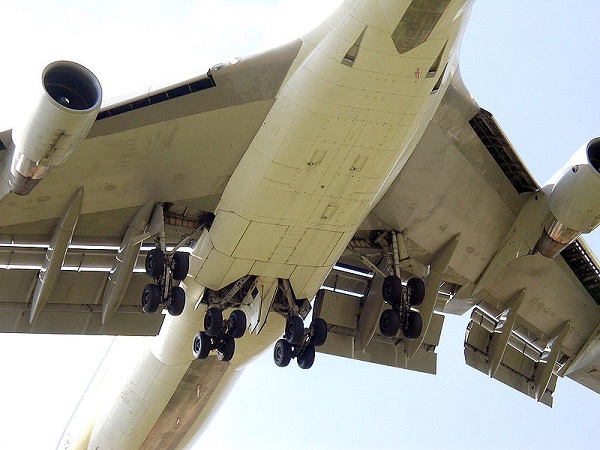<< flameout | flap | flape >>
Back to: "F"
flap
- Definição1
- (1) Auxiliary controls built into the wings and used to increase the camber. Flaps may be on the leading or the trailing edges. Trailing edge flaps reduce the stalling angle, whereas leading edge flaps increase the stalling angle when referred to the chord line of the original nonflapped airfoil. Flaps permit aircraft to fly at a lower speed, permitting better control on takeoff and a lower approach speed for landing. Flaps also increase drag, permitting aircraft to descend at a steeper angle. There are various kinds of flaps, such as splits, fowlers, zaps, and slotted. (2) Short for cowl flaps. (3) The up-and-down movement of the tip of a helicopter rotor blade.
- Fonte1
- KUMAR, Bharat (ed.). An illustrated dictionary of aviation. New York: McGraw-Hill, c2005. 752 p.
- Definição2
- Hinged portion of the trailing edge between the ailerons and fuselage. In some aircraft ailerons and flaps are interconnected to produce full-span "flaperons." In either case, flaps change the lift and drag on the wing.
- Fonte2
- FEDERAL AVIATION ADMINISTRATION. Pilot's handbook of aeronautical knowledge. [s.l.], 2008. Disponível em http:// www.faa.gov/regulations_policies/handbooks_manuals /aviation/pilot_handbook/media/PHAK %20-%20Cover-Preface.pdf. Acesso em: 26 jun de 2014.
- Fonte3
- INTERNATIONAL CIVIL AVIATION ORGANIZATION. Aircraft accident digest n.34. Montreal, 1996. (Cir. 259 AN/153).
- Contexto
- The left flap track assembly, which was relatively intact and undamaged, was still attached to the inboard end of a section of left inboard flap.
- Subárea1
- Aircraft Structure
- Português
- flape
- Imagem

Triple-slotted trailing-edge flaps and leading edge Krueger (unslotted and slotted) flaps fully extended on a Boeing 747 for landing.
Fonte: http://en.wikipedia.org/wiki/File:Undercarriage.b747.arp.jpg

